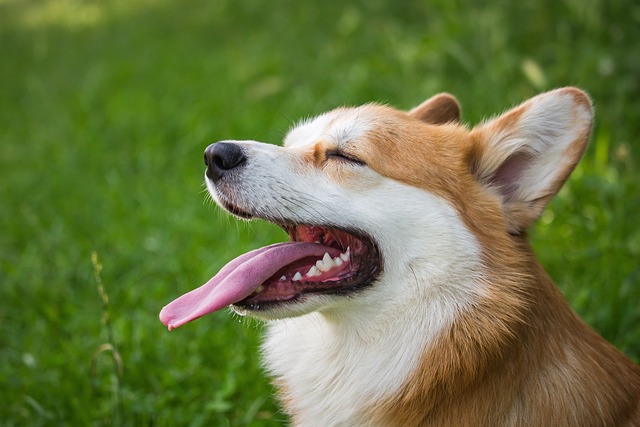
What vitamin is good for dogs' skin
Seeing your dog constantly scratch or noticing dry, flaky skin can make you wonder if a simple vitamin might be the solution.
The sun blazes, the pavement radiates heat, and your husky’s tail still wags like a metronome—ready for action. But those thick double coats weren’t designed for 90°F afternoons, and their boundless energy needs an outlet that won’t land you both in trouble with local bylaws or the vet. Exercising a husky in summer means balancing their wild spirit with common sense, community rules, and that unspoken bond between you two.
Start with the ground beneath their paws. Asphalt can hit 140°F on an 85°F day, burning paw pads in seconds. Test it by pressing your hand against the pavement for seven seconds—if it’s too hot for you, it’s too hot for them. Early mornings before 7 a.m. or evenings after 8 p.m. are safest, but check heat index warnings; places like Arizona issue advisories that make even shaded walks risky. In Chicago, leash laws require restraint in public except designated areas, so timing outings around park hours (6 a.m. to 10 p.m.) avoids $100 fines.
Water is crucial. Huskies, bred for snow, struggle with humidity. Pack a collapsible bowl and offer sips every 15 minutes—dehydration sneaks up fast, especially if they’re pulling hard. A UK Kennel Club study found 68% of husky owners underestimate summer water needs, leading to more vet visits for heat exhaustion. A kiddie pool in the backyard cools them down, but in California, leaving standing water unattended might violate animal welfare laws if it breeds mosquitoes—empty it when done.
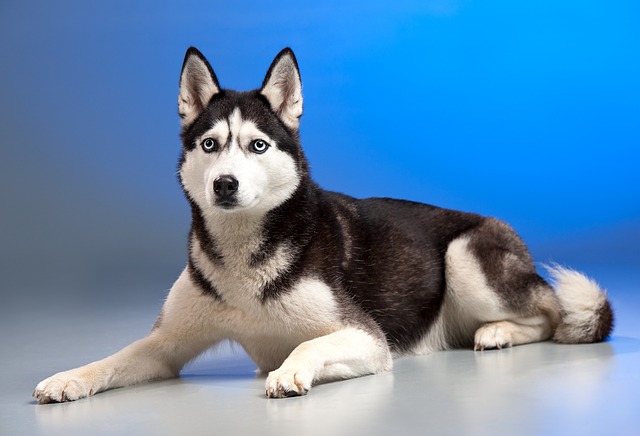 Mixing routines keeps things interesting and prevents restlessness that leads to digging or chewing. Swap the 3-mile loop for a shaded state park trail (check off-leash rules; Colorado’s Rocky Mountain National Park requires leashes always). Use a frisbee for 10-minute play bursts between walks—short activity beats one long slog. Urban dwellers can try indoor games: hide-and-seek with treats or training sessions for “stay” tire their minds as much as bodies. In New York, pet stores offer summer indoor agility classes—great for burning energy, but ensure vaccinations are current, as city law demands.
Mixing routines keeps things interesting and prevents restlessness that leads to digging or chewing. Swap the 3-mile loop for a shaded state park trail (check off-leash rules; Colorado’s Rocky Mountain National Park requires leashes always). Use a frisbee for 10-minute play bursts between walks—short activity beats one long slog. Urban dwellers can try indoor games: hide-and-seek with treats or training sessions for “stay” tire their minds as much as bodies. In New York, pet stores offer summer indoor agility classes—great for burning energy, but ensure vaccinations are current, as city law demands.
Know your husky’s limits. Those blue eyes might beg for more, but excessive panting, drooling, or sluggishness mean stopping. Move to shade, offer water, and wet their belly with cool water. A 2022 AKC survey found huskies are 3x more likely to get heatstroke than labs, thanks to their coats. Never leave them in a parked car—temperatures rise 20°F in 10 minutes, and 31 states fine up to $5000. In Florida, good Samaritans can legally break windows to rescue trapped dogs, so don’t risk it.
Grooming matters more than you think. Shaving a husky’s coat harms temperature regulation—the undercoat insulates against both heat and cold. Brush twice weekly to remove loose fur, letting air circulate. Heading to a beach? Check rules: Oregon coastal towns often restrict dogs to off-peak seasons or require leashes. Always carry waste bags—fines hit $200 in Boston for not cleaning up, and it’s common courtesy.
Other owners offer lessons. Maria in Seattle learned her husky Koda couldn’t handle midday hikes: “He lagged, gums pale—the vet said we caught heat exhaustion early.” Now she does dawn walks and backyard sprinkler play. Javier in Miami uses a cooling vest: “Buys 15 extra minutes before he slows down.”
Every husky is different. Puppies have energy but less stamina; older dogs need shorter walks. Adjust to their behavior, not a schedule. Some counties restrict exercise during heatwaves, limiting outdoor time to bathroom breaks. It’s not just about fines—these rules protect animals.
At the end of the day, exercising a husky in summer is about creativity, caution, and listening. They’ll show when they’re having fun—and when they’ve had enough. With planning, you’ll keep them happy, healthy, and out of trouble, even as the mercury rises.

Seeing your dog constantly scratch or noticing dry, flaky skin can make you wonder if a simple vitamin might be the solution.
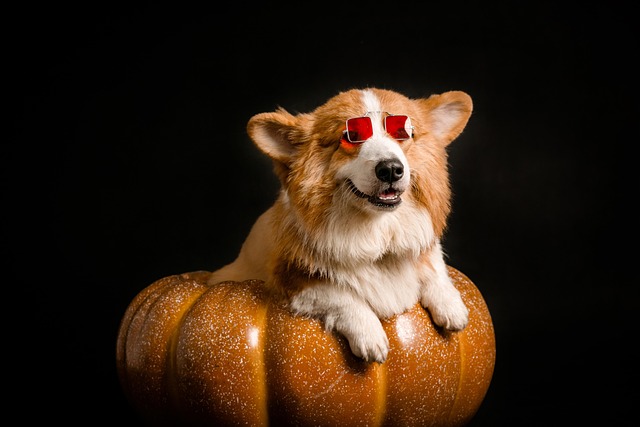
If you’re a new dog parent in the US—maybe you’re sitting on your Portland apartment couch, staring at your 1-year-old Australian Shepherd

If you’re a new dog parent in the US—maybe you’re sitting on your Atlanta apartment floor, holding your 6-week-old Beagle puppy, Daisy, who’s curled up in your lap
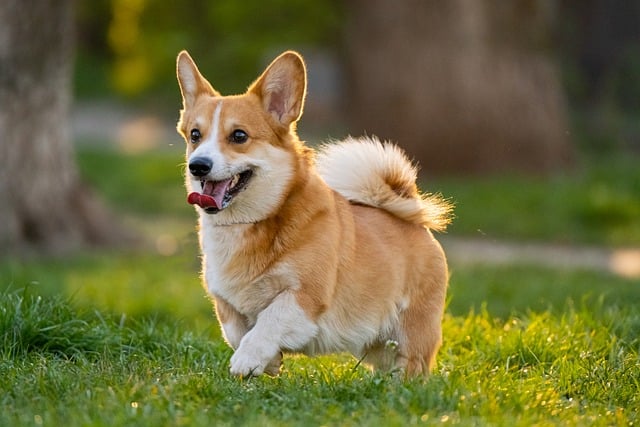
If you’re a new dog parent in the US—maybe you’re standing in your Denver apartment’s kitchen, staring at a bag of high-quality puppy kibble and a bottle
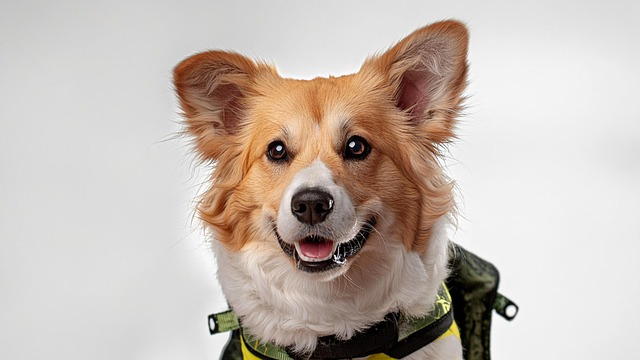
Seeing your puppy grow daily is amazing, and it’s natural to want to give them every advantage, including supplements.
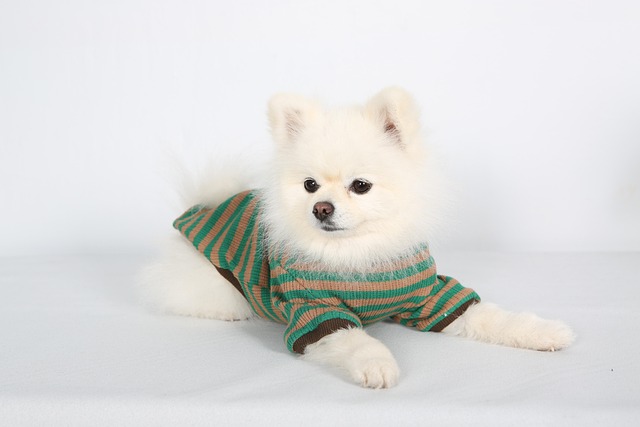
Brown stains on white dog fur aren’t just unsightly—they can also hint at underlying issues like tear duct irritation or poor grooming habits, which matter even more when you’re following local pet care laws.